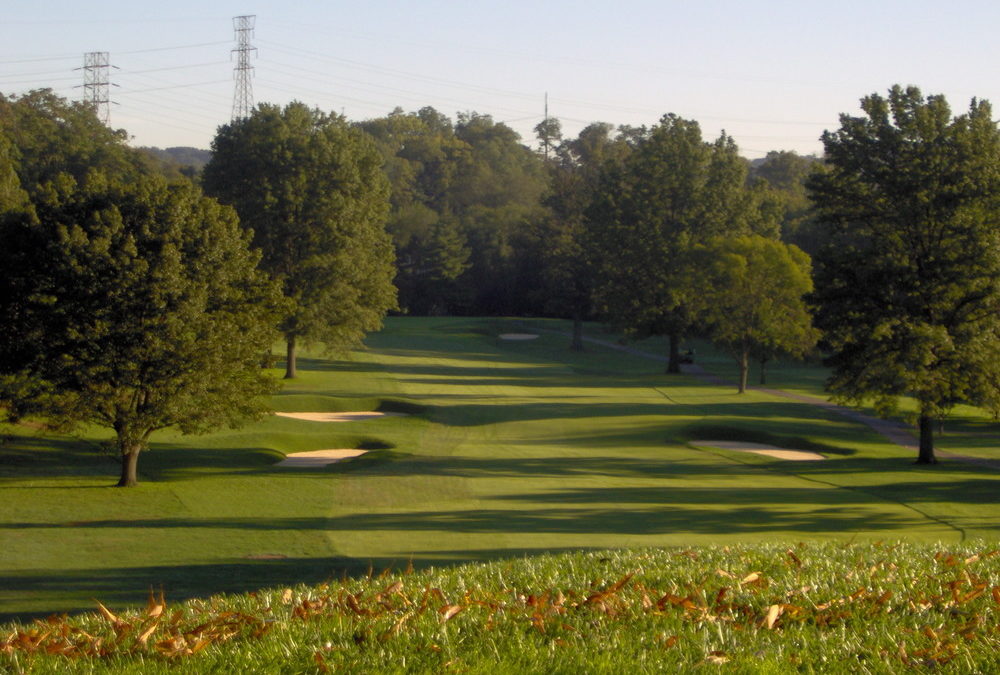Golf course architects get asked all the time just how long a Master Plan should last. While no two facilities are the same, TIm Liddy, ASGCA (Tim Liddy/Associates, Inc.), is 15 years into execution of the plan he developed for Cincinnati’s Hyde Park Golf and Country Club, with no end in sight.
Golf Course Industry reports…
In 1999, Hyde Park Golf and Country Club, like other well-established Donald Ross courses, was struggling with the concept sweeping most private clubs at the time: give in to current fads of golf course design or re-establish the exemplary design by Mr. Donald Ross that held true for over 80 years? The majority of members did not understand or appreciate the distinct heritage of Donald Ross, what it afforded Hyde Park, and the importance of this historical golf course in Cincinnati and the country.
The catalyst to ensure Ross’s classical masterpiece began with Art Fischer, a longtime member. Realizing the historical importance of Ross as the designer of Hyde Park, he quietly began a campaign to educate the club on Ross’s significant design accomplishments and the importance of restoring and preserving his design for the future of Hyde Park.
Gradually, the education surrounding the history of Donald Ross and Hyde Park, captured a new and enthusiastic group of members. They respected the creativity of Donald Ross and his wonderful design at Hyde Park. This need was followed by an invitation to architect Tim Liddy and historian Brad Klein to provide a presentation to the membership on Ross and his design of Hyde Park Golf and Country Club. Together, they gave a detailed synopsis about Donald Ross and the importance of preserving Hyde Park’s classic golf course. By 2002, the club hired Liddy to research Ross’s work at Hyde Park and develop a master plan that would honor and showcase Donald Ross’s initial design.
Liddy, working with committee members from Hyde Park, developed a master plan to restore many of the features changed from its original construction of 1921. The plan included recapturing greens that had reduced in size over time from typical maintenance practice, tree management, restoring bunkers to Ross’s drawings and restoring the golf course from changes made by other architects over time. The master plan outlined every Ross feature and delineating the distinct character of this classical golf course.
Eventually, after years of discussion, green committee meetings, board meetings, club townhall meetings, the members agreed to invest their money towards the critical renovation of Hyde Park’s course to mirror much of the its original design by Ross. It began with the remodeling hole No. 1 back to its original Ross character. This was followed in 2004 and ’05 by a more extensive restoration of the greenside bunkers and fairway bunkers. Then, in 2013, further improvements were made to one of the course’s sentinel holes, No. 13, remodeling it in character with Ross’s original concepts.
Over the past 15 years and today, the master plan is frequently utilized as a reference for ongoing projects preserving the Ross heritage and design, redirecting misguided board members or green committee members back to Ross ideals, and the importance of Ross and the character of Hyde Park Golf Course.
Today, Hyde Park emulates all that a classical Donald Ross Golf course offers. Members are proud of its heritage, the enduring value it brings to their club, and appreciate the investment and trust they have placed in the master plan.

